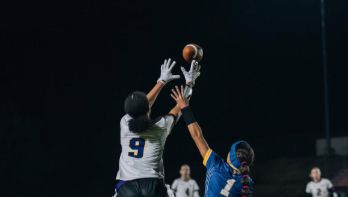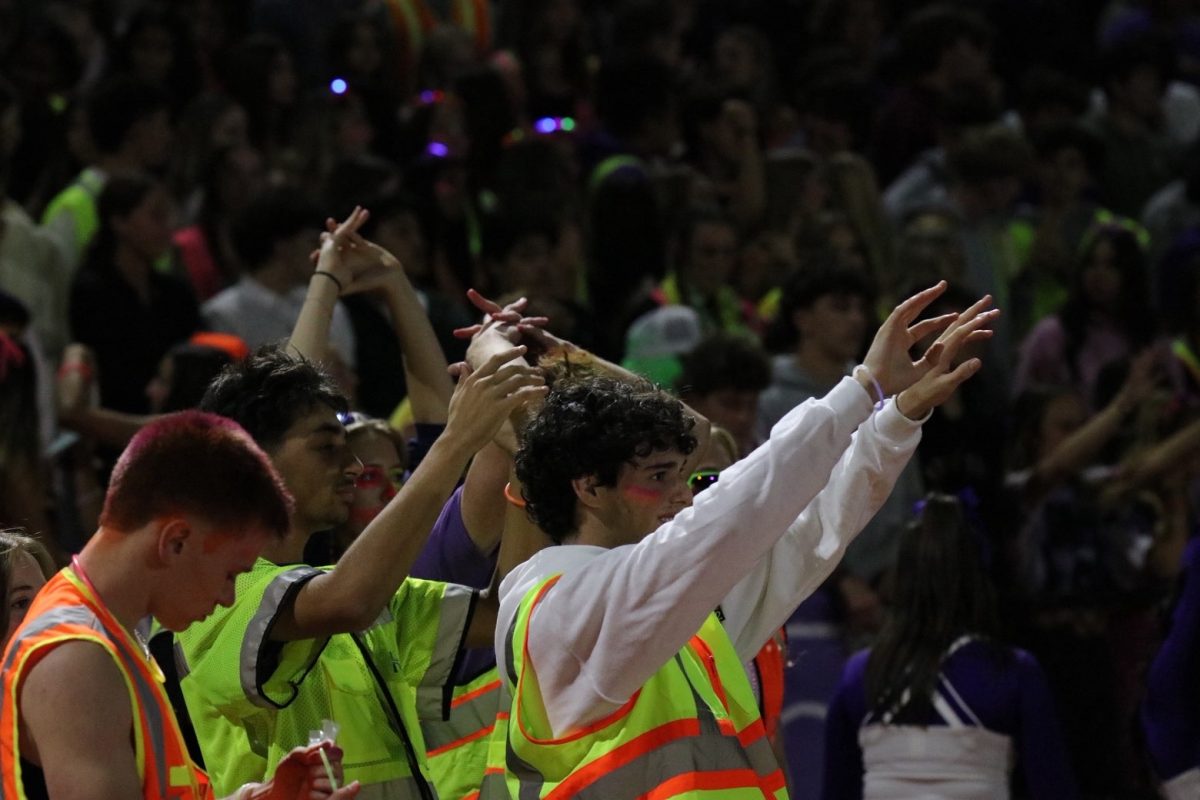Skiing and snowboarding, two of California’s most popular winter sports, rely heavily on snowfall and good conditions. Without enough snow, icy and hazardous slopes can put athletes at risk. While typically snowy regions are receiving less snowfall, unexpected areas are experiencing extreme winter weather. Just last week, Florida was hit by blizzard conditions—the first time the state has seen snow since 1993. This year, Florida broke its snowfall record by four inches, totaling 10 inches.
Man Made vs. Natural
“It [man-made snow] uses large amounts of water and energy and does not help solve climate change. We need to solve climate change at the source (reduce greenhouse gas emissions), rather than rely on mitigation-focused solutions,” said British Freestyle champion Peter Speight.
Global warming continues to pose a serious challenge. This year has seen the lowest snowfall rates on record, with only 32 inches compared to 298 inches last year.
However, the 2025 snow season has yet to fully begin. To compensate for the lack of natural snow, resorts are turning to artificial snow, a costly and environmentally damaging alternative. Early versions of resort-created snow contained chemicals that gave it a pink hue. Artificial snow is also denser than natural snow, consisting of 30% ice and 70% air, whereas natural snow is 10% ice and 90% air. It requires significant amounts of water and silver iodide to form ice crystals, but it melts and compacts faster than natural snow.
“Personally, the resorts are just meant for bringing in money revenue. Having gone to them and experienced it myself, it’s really no harm, no foul,” said Alex Foster (‘25).
Beyond snowfall, the biggest concern for ski resorts is the sun. Although artificial snow has a higher melting point than natural snow, once it melts, it turns into sleet faster. As it refreezes, it hardens into icy patches on trails, making it difficult for skiers and snowboarders to turn or stop.
“There is definite evidence of melting glaciers, such as the glacier in Saas-Fee, Switzerland. This can not only affect the ability of skiers to use the glacier, but glaciers are also large holders of water that, when melting, will contribute to sea level rises. Warm spells also create inconsistent snow conditions and unpredictable melting,” said Speight.
Over the past five years, global temperatures have increased by one degree Celsius. While this may not seem like much, since 1850, the rate of warming has nearly tripled. Rising temperatures prevent water in the atmosphere from freezing, reducing annual snowfall. In some years, low snowfall has forced ski and snowboarding resorts to close early.
“I guess it may give people a more sense of wrong, but if you go anywhere else on the mountain, you’ll know it’s not real, but I personally know that it’s there,” said Foster (‘25).
As climate change continues to impact snowfall, resorts and winter sports enthusiasts face an uncertain future. Whether relying on artificial snow or hoping for natural snowfall, the effects of global warming on winter sports are becoming increasingly evident.











